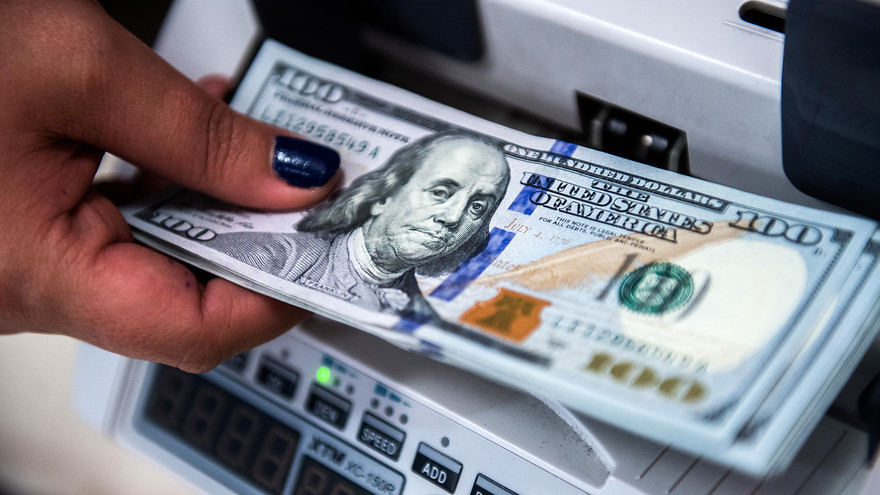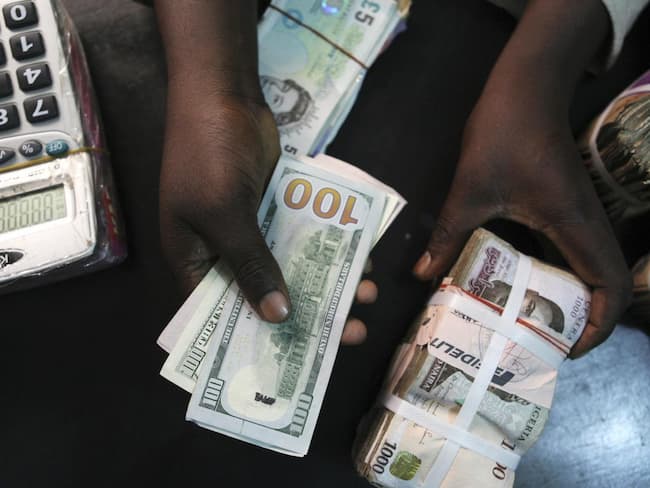The dollar edged higher on Wednesday, bolstered by data showing strong U.S. private sector jobs growth for December, but gains were capped on caution ahead of the Federal Reserve’s statement at the conclusion of its policy meeting later in the session.
The dollar index advanced for a second straight session, paced by gains against the euro and yen.
Payrolls processor ADP reported that the U.S. private sector added 213,000 jobs in December. That beat for gains of 178,000, but the monthly total was lower than job gains of 271,000 in November.
“The 213,000 rise in the ADP measure of private employment in January suggests that the wider disruption to the economy caused by the government shutdown was modest,” said Andrew Hunter, senior U.S. economist, at Capital Economics in London.
After the report, the market turned its focus to the Fed, which is expected to hold rates steady.
Capital Economics’ Hunter said Fed comments after the meeting will probably emphasize patience, suggesting a March rate hike is off the table.
“But with financial conditions easing and strong jobs growth likely to keep downward pressure on the unemployment rate, we still think the Fed will hike rates once more this year, probably at the late-April/early-May meeting,” he added.
In mid-morning trading, the dollar index rose 0.1 percent to 95.958.
The dollar rose 0.2 percent against the yen to 109.67, and was up 0.4 percent versus the Swiss franc at 0.9987 franc.
The euro fell 0.2 percent to $1.1412. The European Central Bank is expected to hold off tightening until year end.
“Our three-month forecast for euro/dollar is between $1.14-$1.16 levels as we don’t expect changes from either of the two major central banks (Fed, ECB),” said Antje Praefcke, a currency strategist at Commerzbank based in Frankfurt.
Yuan Rises
The Chinese yuan traded in the offshore market gained 0.3 percent to a six-month high of 6.7257 yuan.
The United States and China begin two days of talks in Washington on Wednesday.
Turnover in the Australian dollar and the yuan jumped last year as trade tensions fueled greater trading volumes.














